When To Harvest Jalapeños? [+Mistakes To Avoid]
Looking to harvest your jalapeños? Here is a quick easy guide as well as harvesting mistakes to avoid!
Starting your own fruit and veg garden is a super worthwhile and rewarding experience. If you are a newcomer to the world of gardening it can be both fun and overwhelming with the level of information that is out there.
When selecting and purchasing seeds, make sure to use organic, Non-GMO, Open-pollinated seeds!

When it comes to harvesting plants, and it’s your first experience with that variety or specific plant, then the information can differ widely and often be full of jargon. If you were donated seeds, or due to some circumstance you’re just not sure what pepper you have growing, it can be helpful to identify the plant in order to recognise if it is ready for harvest.
Keep on reading if you want to find out if you have Jalapeños that are ready for harvest and when your Jalapeños are ready for harvest.
Related Articles:
- When To Pick Carrots [+ Harvesting Tips!]
- How To Harvest Broccoli The RIGHT Way!
- When To Pick Cauliflower (The RIGHT Way To Harvest Them!)
- How To Harvest Romaine Lettuce [2022 Update]
- When Are Cantaloupes In Season [+Harvesting Tips!]
DISCLAIMER
Some of the links on here are affiliate links and I may earn if you click on them, AT NO EXTRA cost to you. Hope you find the information here useful! Thanks.
What Is A Jalapeño?
A Jalapeño, recognised by the plant experts among us as a Capiscum Annum, is a medium sized chile pepper that is usually grown in South America.
At around 3500 – 8000 scovilles, depending on when you harvest and what sub strait you have, Jalapeños are a common chile pepper used throughout various cuisines, such as South American, Mexican, and Spanish. The Jalapeños is one of the most widely recognized chile varieties among the states of the US.
The name ‘Jalapeño’ comes from the capital city it was born in, Xalapa, the capital city of Veracruz, Mexico. Although, due to modern gardening methods, Jalapeños are now grown throughout the world, since 2010 California has become the largest producer of Jalapeños in the world. For the best growing conditions, Jalapeños require a large amount of heat and sunshine due to their origin climate, as well as a lot of water.
Jalapeños are perhaps one of the easiest chiles you can grow, as they are pretty durable and will grow anywhere. They can also be enjoyed at varying levels of ripeness.
One issue is that they start growing quite slowly, their fine once they get going, but, depending on the climate you are in, it might be a good idea to start them indoors (between 8-12 weeks) before letting them grow outside.
Increase your rate of seed germination by using a seed germination kit!

A mature Jalapeño plant is often 2-3 ft in height and can produce between 30-40 individual peppers. If you have your own Jalapeños plant in your backyard be sure to pick them often as once picked new Jalapeño peppers will grow in place.
Note– If you want to make your green fingers happier and your life easier, you can use this affordable 83 pieces ultimate gardening set to help you garden like a pro!
When Should I Harvest My Jalapeños?
There are many ways to decide to harvest a plant of any kind. Luckily, with Jalapeños, they are edible at any point during the growing process. So one way to test when to harvest a plant like this is to simply pick them at different points in growth and measure when you prefer to eat them, for your specific purpose.
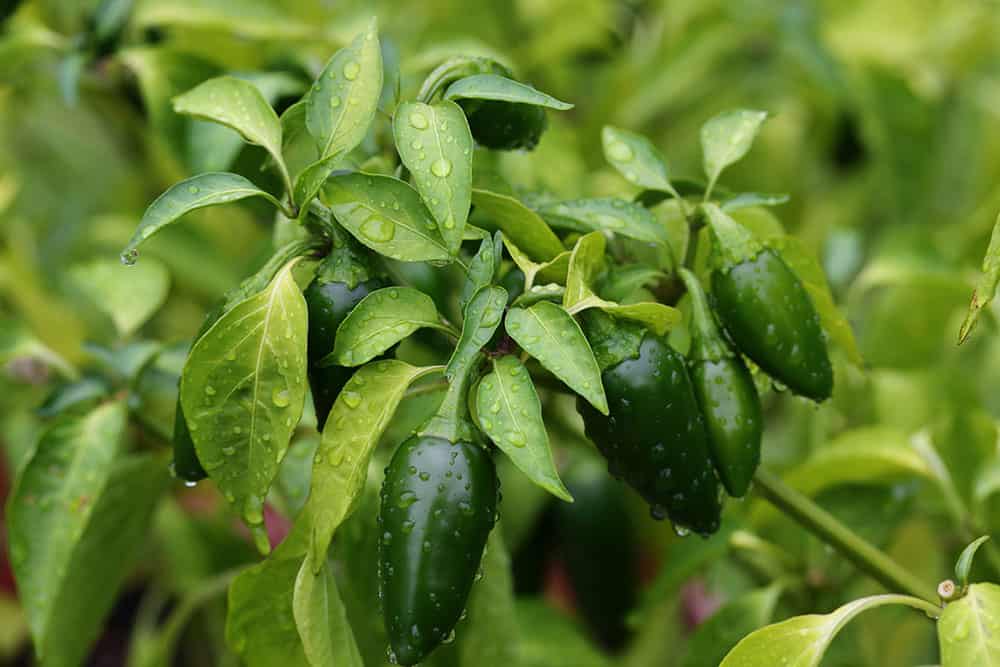
Jalapeños are perhaps most recognisable when they are green, this is when most choose to serve them, but it’s worth bearing in mind that Jalapeños do turn red, after time, like other capsicum pods – so leave them as long as you want. The greener the pod, the more fresh and raw pepper flavour will be present.
For Jalapeños, the earlier you pick them the more sour and crisp they will be. Their flesh is generally crunchier and crisper when they are green, or ripe.When green they can be perfect for cooking with and pickling. When left to turn red, they become sweeter and softer, this can be ideal for slow cooking or creating a jam like preservative.
There are, as with many other capsicums and plants, many visual signs as to when a Jalapeño is ready for harvest. One visual indicator is the length and girth of a Jalapeño. Obviously, the smaller the pepper is, the less ripe it is.
Try picking a smaller Jalapeño and comparing its taste and spiciness with a more mature pepper. Usually people will begin to harvest a pepper if it is around 3inches. But as mentioned, this will change with usage.
Another popular method used by gardeners is waiting until the pepper begins to ‘cork’ around the stem. This is a method used in horticulture to tell when the plant has stopped feeding the particular pod because it is ready for harvest.
One main query with harvesting peppers in general, as well as Jalapeños specifically, is how the capsaicin levels, or spiciness to the rookie, will change with harvest, It’s generally been found that once a Jalapeño has stopped growing, i.e. the pepper pod has stopped increasing in size, then this will produce the most spiciest Jalapeño.
Ensure your plants are getting the right amounts of water with the ease of automatic garden sprinklers!

Gardeners report that the longer you leave a Jalapeño plant after optimal growth has been achieved (it has stopped increasing in size, around 40 – 45 days) the pepper’s spiciness and capsaicin levels decline. So, on the other hand, if you don’t want your Jalapeños to be so spicy, leave them a little extra time before harvest.
When Should I Not Pick A Jalapeño?
One thing you should not do when waiting to harvest peppers is to simply let them fall to the floor, while this may work with other plants and fruit it will not work with pepper plants in general. Pepper plants will not drop when they are ripe, so don’t wait for that.
Use harvesting bags to speed up harvesting time without damaging your beautiful Jalapeno peppers!

If your pepper shows any sign of rot, which could even occur while still on the stem, then it is not the best idea to harvest that specific pod. You should pick it but be sure to discard it rather than risking it.
Some peppers, depending on your climate, will get eaten by bugs and other invasive pests. If your pepper looks like it has been nibbled a bit, this can potentially still be fine to eat, but this depends on the insects and pests you have in your specific area. It is often best to pick and discard these fruits individually.
Don’t worry, your plant will still be fine and produce healthy fruit, there will simply be a defect in that specific pepper pod.


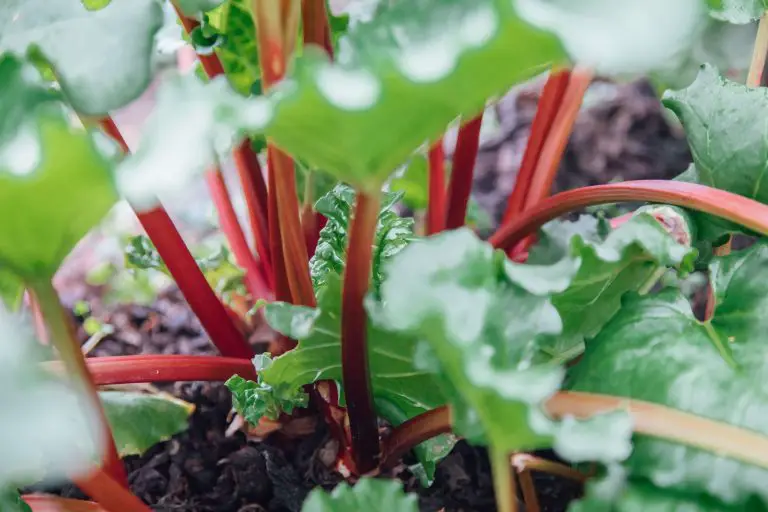
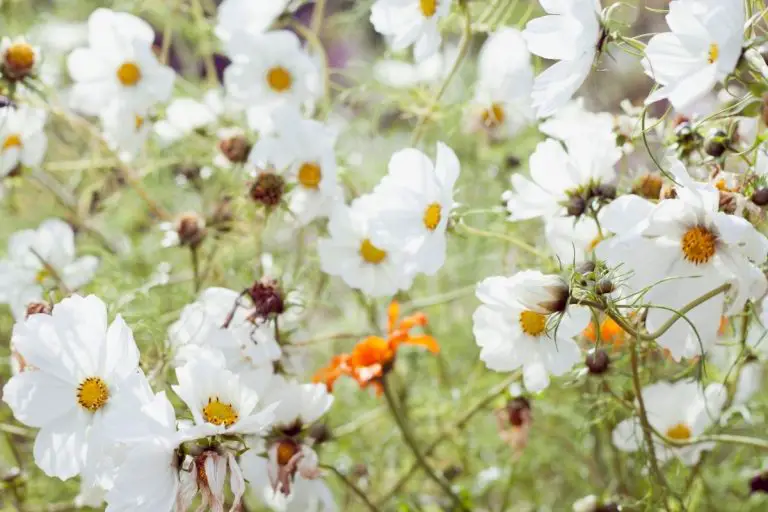
![15 Companion Plants For Cantaloupe & What To Avoid! [2023]](https://aboveandbeyondgardening.com/wp-content/uploads/2022/11/companion-plants-for-cantaloupe-2-768x512.jpg)
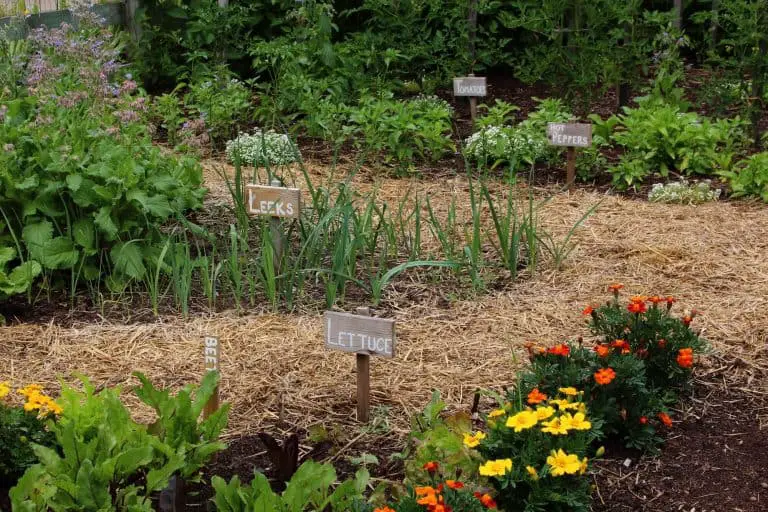
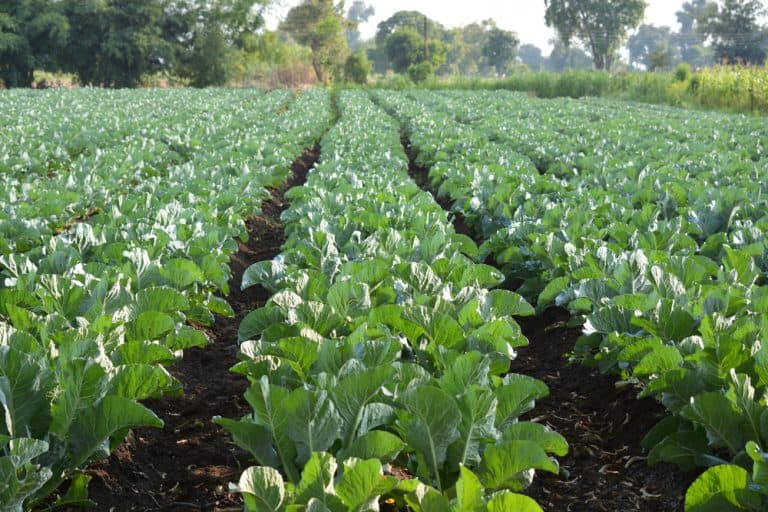
![How To Harvest Oregano Without Killing The Plant? [Personal Experience!]](https://aboveandbeyondgardening.com/wp-content/uploads/2022/10/How-To-Harvest-Oregano-Without-Killing-The-Plant-7-768x442.jpg)
